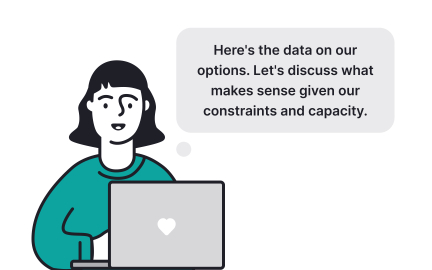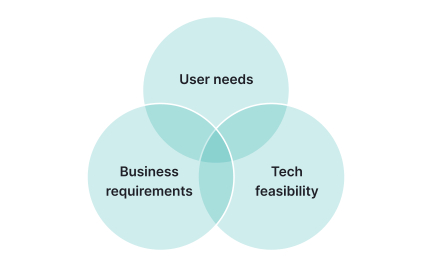Group Product Manager
A group product manager leads a team of PMs, overseeing product strategy, execution, and alignment across multiple features or areas.
What is Group Product Manager?
Your product organization lacks strategic coordination because individual product managers optimize their areas without considering portfolio interactions, leading to conflicting priorities, duplicated efforts, and missed opportunities for synergy across related products.
Most companies promote excellent individual contributors to manage other PMs without recognizing the different skills required, missing that Group Product Managers need to orchestrate strategy across products while developing talent rather than just being senior individual contributors.
A Group Product Manager (GPM) is a product leadership role managing multiple product managers and their product areas, responsible for portfolio strategy, cross-product coordination, and developing PM talent while maintaining strategic coherence across related products.
Organizations with effective GPMs achieve 50% better cross-product integration, 40% faster strategic pivots, and significantly stronger PM talent development because someone orchestrates portfolio strategy rather than hoping independent products somehow create coherent customer experiences.
Think about how Google's GPMs coordinate across products like Search, Maps, and Assistant to create integrated experiences, or how Microsoft's GPMs ensure Office products work together seamlessly rather than competing for user attention.
Why Group Product Managers Matter for Scale
Your product portfolio feels disjointed because individual PMs optimize locally without portfolio perspective, leading to customer confusion when related products don't work together and organizational inefficiency from duplicated efforts across teams.
The cost of lacking GPM leadership compounds through every missed integration opportunity and talent loss. You ship conflicting features, create inconsistent experiences, lose PM talent without development paths, and fall behind competitors who present unified product experiences.
What effective Group Product Management delivers:
Better portfolio strategy and customer experience because GPMs see across products to identify integration opportunities rather than individual PMs focused on their specific metrics.
When GPMs excel, product suites feel coherent rather than collections of features that happen to share a company logo but not product vision.
Enhanced PM development and retention through managers who understand product craft rather than generic management, developing next generation of product leaders.
Improved resource allocation and prioritization across products because GPMs make portfolio-level tradeoffs rather than political battles between individual PMs.
Stronger competitive positioning through coordinated product strategies rather than individual products working at cross-purposes or duplicating efforts.
Faster strategic execution as GPMs align multiple products toward shared objectives rather than negotiating alignment without clear leadership.
Step 1: Develop Portfolio Strategic Thinking (Month 1)
Learn to see beyond individual products to ecosystem opportunities and threats rather than just managing collection of separate products without integration vision.
This creates GPM foundation based on systems thinking rather than excellent individual contribution scaled to multiple products without strategic elevation.
Step 2: Master Talent Development and Coaching (Month 1-2)
Build skills in developing other PMs rather than doing product work yourself, transitioning from player to coach who enables others' success.
Focus development on product craft rather than generic management, maintaining credibility while building leadership capabilities specific to product roles.
Step 3: Create Cross-Product Coordination Systems (Month 2-3)
Establish mechanisms for products to work together effectively rather than hoping collaboration happens naturally, building processes that enable without constraining.
Balance coordination needs with team autonomy to avoid becoming bottleneck while ensuring strategic alignment across portfolio.
Step 4: Build Stakeholder Management at Scale (Month 3-4)
Develop relationships with senior leadership, engineering directors, and other GPMs rather than just immediate team, influencing at organizational level.
Step 5: Measure Portfolio Success Holistically (Month 4+)
Track metrics that reflect total portfolio value rather than sum of individual products, optimizing for customer outcomes across product boundaries.
This ensures GPM role drives strategic value rather than administrative oversight without portfolio optimization or talent development.
If GPM role doesn't improve outcomes, examine whether you're thinking strategically rather than tactically managing multiple individual contributors.
Recommended resources
Courses

UX Research

HTML Foundations






